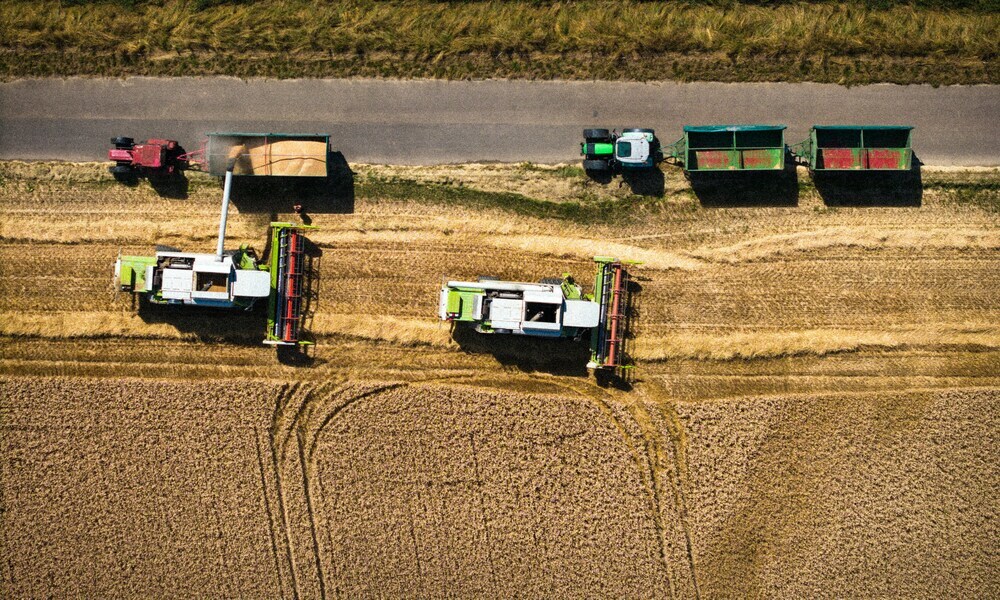Creating a successful marketing campaign starts long before any content is created, or adverts are launched. It begins with a well-crafted marketing campaign brief. This will serve as the blueprint for your campaign, aligning all stakeholders, setting clear expectations, and ensuring that everyone understands the campaign’s goals and objectives. As an agency, RDP love to get under the skin of your brand. This ensures the campaigns we develop are tailor-made to address the specific needs or ‘pain points’ of your target audience.
Where possible, we love to get involved early on in the planning process with you and your team. This helps us formulate an in-depth understanding of your business, brands, and over-arching marketing objectives. This insight, when coupled with our ag sector knowledge and marketing skills, provides a fully rounded approach to developing the right campaign strategy.
To help us help you, we have put together our 10-key steps to creating a marketing campaign brief. Our team are more than happy to help develop this brief with you, and we can push it back-and forth until everyone is happy to press ‘go’ on the campaign.
1. Title and project overview
Begin with a title and a brief description of the project. This section sets the scene for what the campaign is about, and what it aims to achieve. Keep it concise, yet informative.
2. Define goals and objectives
Clearly outline what you want to achieve with this campaign. This could be brand awareness, education, or increasing sales. Make sure to use the SMART criteria—Specific, Measurable, Achievable, Relevant, and Time-bound—to ensure your goals are well-defined.
3. Identify your target audience
Understanding your audience is crucial. Describe the demographics, psychographics, and behavioural traits of your target audience. Include any relevant data or insights that can help in creating targeted content. Unsure of these? RDP can help you build client personas.
4. Detail the key messages and USP
Outline the core messages you want to convey. These should resonate with your target audience and align with your brand’s voice and values. Identify the main selling points, or USP (unique value propositions) of your product/campaign – can you encapsulate the benefit that the product or service offers the audience in one sentence? Where possible, include any facts, figures, and information that makes the product/brand credible.
5. Set the budget
Provide a clear breakdown of the budget allocated for the campaign. Include costs for creative development, media buying, promotions, and any other relevant expenses. List any other resources available, such as in-house teams, other agencies, or freelancers, and who will be included in the review and approval processes.
6. Establish the timeline
Create a timeline that outlines key milestones and deadlines. This helps keep the campaign on track and ensures timely delivery of all elements. Include start and end dates, content creation deadlines, launch dates, and review periods. At RDP we utilise a number of platforms which summarise all this information, keeping everyone on track.
7. Outline the deliverables
List all the deliverables required for the campaign. This includes content pieces, ads, landing pages, email newsletters, and any other materials. Be specific about formats, sizes, and any other technical requirements. Don’t panic-not all deliverables will be known at this stage. The campaign strategy RDP develop with you will help outline what these should be.
8. Specify the channels and tactics
Identify the channels where the campaign will be deployed and the tactics which will be used. This could include print publications, social media platforms, email marketing, SEO, PPC, influencer collaborations, and more. Again, once the campaign strategy has been laid out, RDP can advise on the best channels and tactics.
9. Define the metrics and KPIs
Determine how the success of the campaign will be measured. Define the key performance indicators (KPIs) that align with your goals and objectives. Include metrics such as engagement rate, conversion rate, click-through rate, and return on investment (ROI).
10. Include background information and research
Provide any relevant background information and research that can inform the campaign. This could include market analysis (SWOT), competitor insights, previous campaign performance, and customer feedback. It’s also really helpful to include details of your brand’s personality and tone of voice as well as whether there are any mandatory inclusions or exclusions. For example, brand guidelines that must be adhered to, or logos to include.





